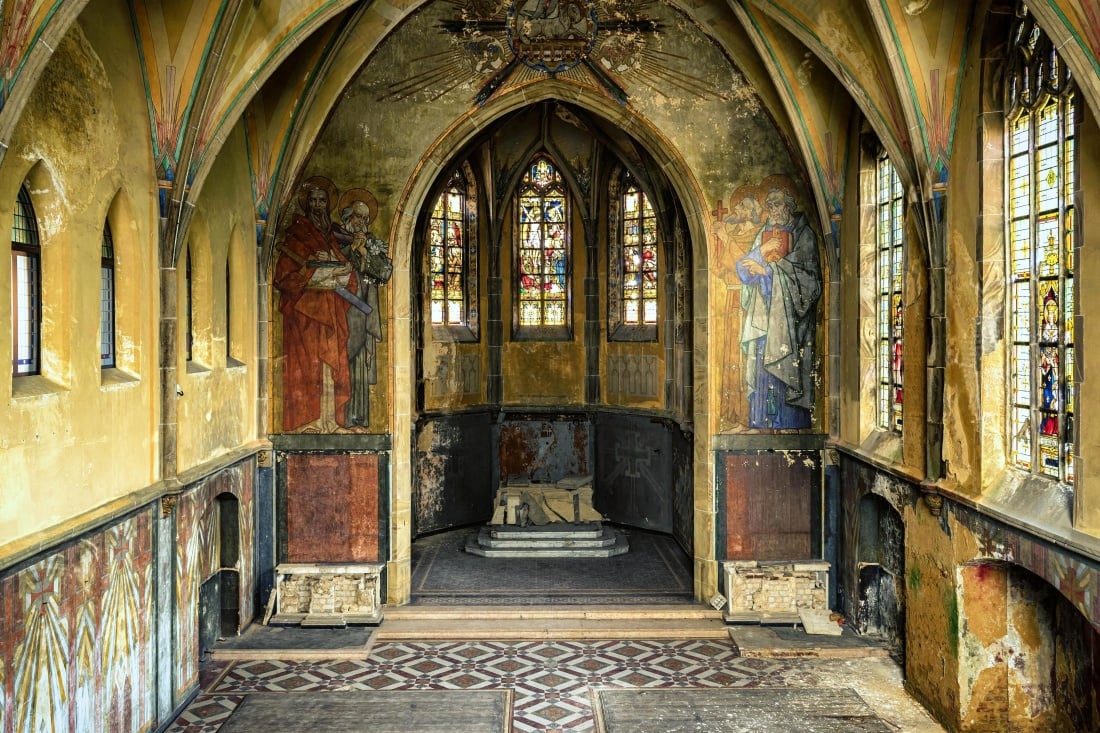I am accused by Alan Jacobs of “absolutizing fright,” of sounding an “undefined alarm and an undefined response to that alarm,” in my essay “Why Conservatism Failed.”
Login to read more
Sign in or create a free account to access Subscriber-only content.
Topics:
